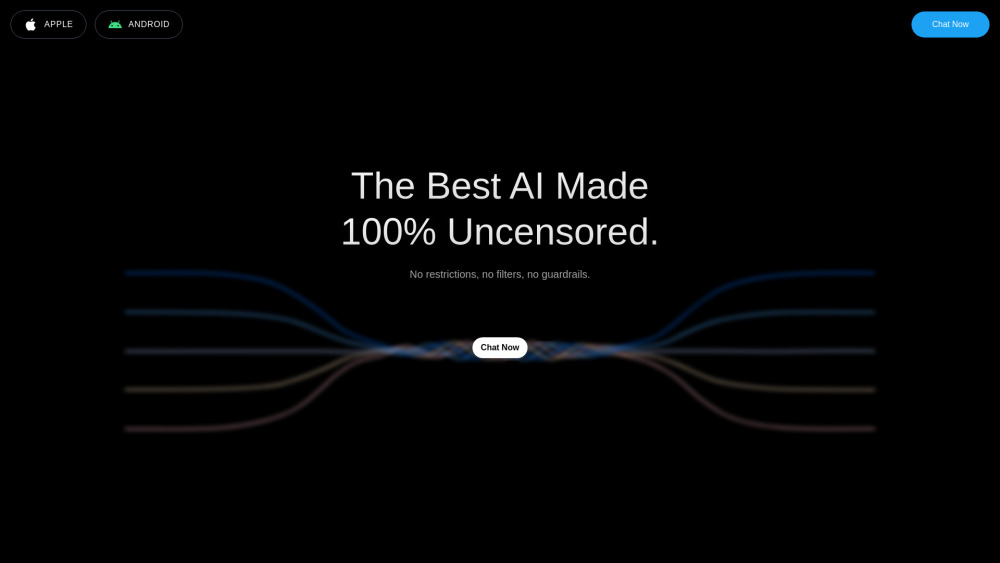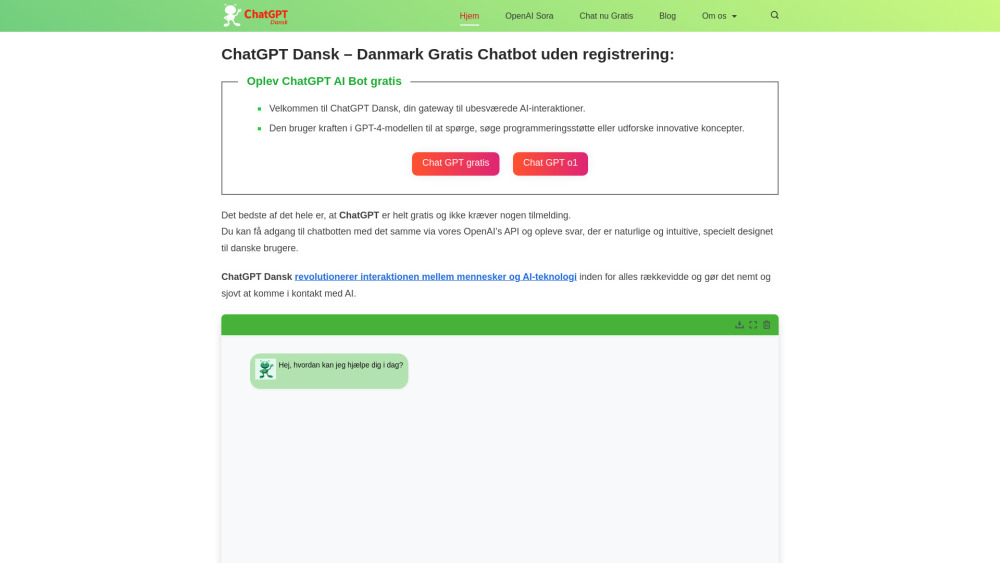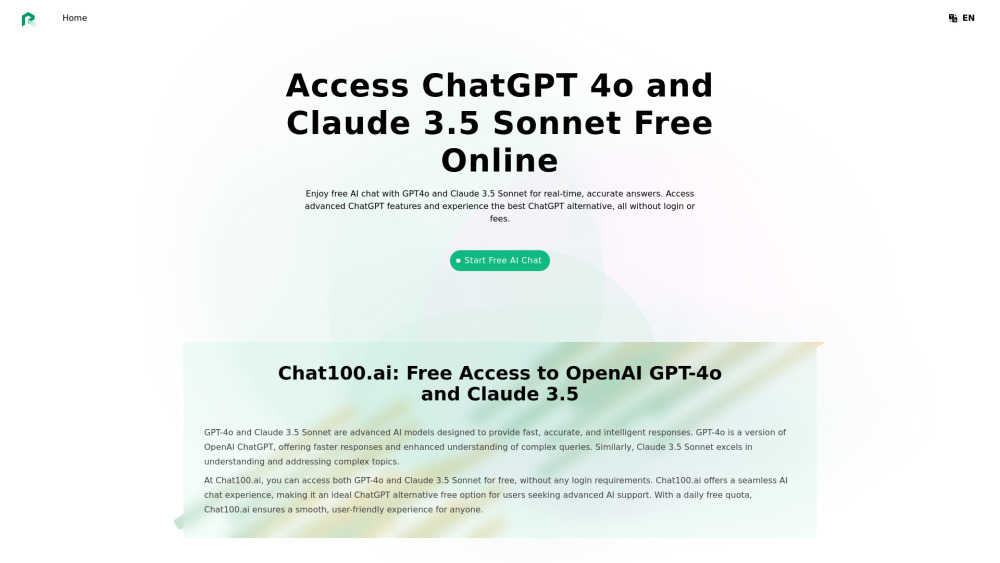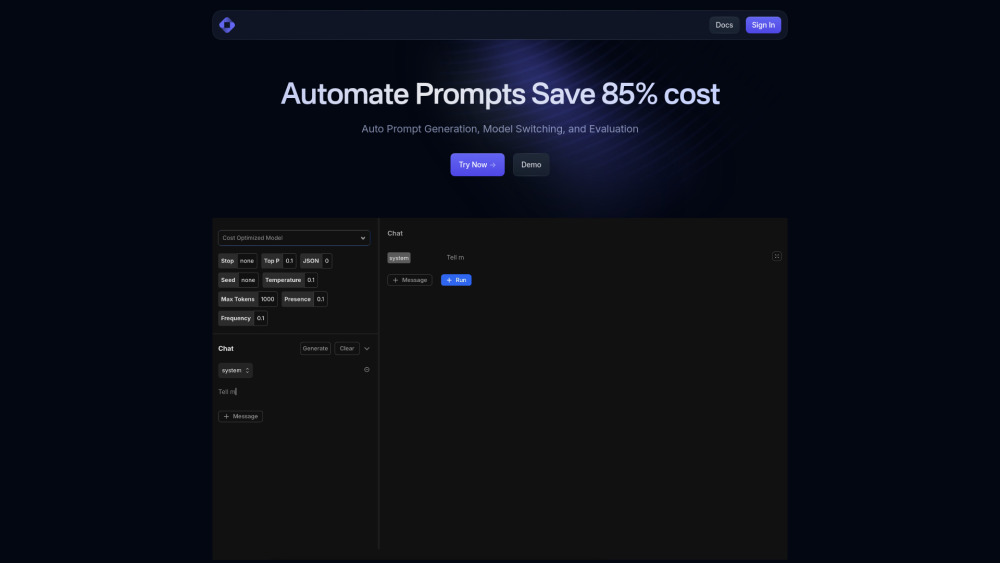OpenELM: Efficient Language Model Family with Open Training and Inference Framework
Product Information
Key Features of OpenELM: Efficient Language Model Family with Open Training and Inference Framework
Efficient layer-wise scaling strategy, open training and inference framework, publicly available datasets, and code for conversion to MLX library for Apple devices.
Layer-wise Scaling Strategy
Efficiently allocates parameters within each layer of the transformer model, leading to enhanced accuracy.
Open Training and Inference Framework
Provides a transparent and reproducible framework for training and evaluation on publicly available datasets.
Publicly Available Datasets
Includes training logs, multiple checkpoints, and pre-training configurations for publicly available datasets.
Conversion to MLX Library
Includes code to convert models to MLX library for inference and fine-tuning on Apple devices.
Improved Accuracy
Exhibits a 2.36% improvement in accuracy compared to OLMo while requiring 2 times fewer pre-training tokens.
Use Cases of OpenELM: Efficient Language Model Family with Open Training and Inference Framework
Natural language processing tasks that suffer from a paucity of suitably annotated training data.
Transfer learning across a wide variety of NLP tasks.
Deriving contextual representations that are far richer than traditional word embeddings.
Investigating data and model biases, as well as potential risks, in large language models.
Pros and Cons of OpenELM: Efficient Language Model Family with Open Training and Inference Framework
Pros
- Provides a transparent and reproducible framework for training and evaluation on publicly available datasets.
- Efficiently allocates parameters within each layer of the transformer model, leading to enhanced accuracy.
- Includes code to convert models to MLX library for inference and fine-tuning on Apple devices.
Cons
- May require significant computational resources for training and evaluation.
- May require expertise in natural language processing and machine learning.
- May not be suitable for all NLP tasks or applications.
How to Use OpenELM: Efficient Language Model Family with Open Training and Inference Framework
- 1
Download the OpenELM release, including the complete framework for training and evaluation on publicly available datasets.
- 2
Convert the model to MLX library for inference and fine-tuning on Apple devices.
- 3
Use the OpenELM model for natural language processing tasks, such as text classification or language translation.
- 4
Investigate data and model biases, as well as potential risks, in large language models using the OpenELM framework.







